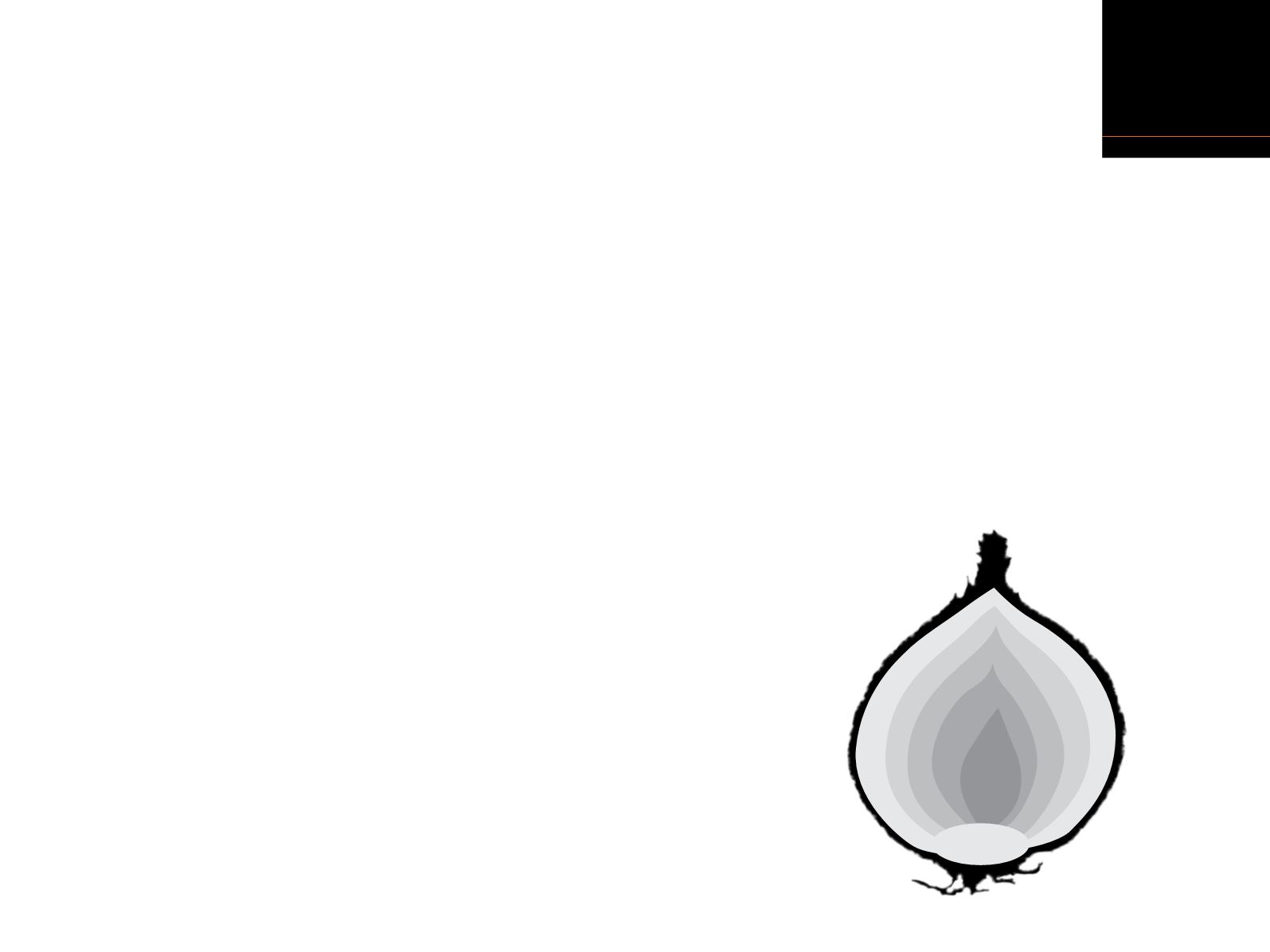
explain
pain
5
section
97
page
Let’s use themodel to think about a common example
– say a womanwho has had a low back injury and still
has back pain a year later. Nothing can be found on
scans and x-rays.
a. Nociception.
Here is some revision for you! (Page 32
and 59.) Her alarm systemmay be firing from
sensitive, unfit andmaybe scarred tissues in the
back. As we know, firing of the alarm system does not
have tohurt but it can be a part of the pain
experience. Youmay need action from other rings of
the onion to construct enough brain activity tomake
the orchestra play ‘Pain’.
b. Attitudes and beliefs.
Perhaps she feels as if she
should ‘soldier on’ nomatter what and hopefully it
will go away, but she realises that this isn’t helping.
She constantly recalls the incident that started it all,
sometimes has thoughts that it was her fault, but is
starting to get angrywithunsupportivework colleagues.
Some common beliefs in this situation could be:
‘somethingmust be broken inmy back, why can’t
they find it’ or ‘am I being punished for something’.
Beliefs can also foster fear, anger, blame (including
‘whyme?’), all of which are common in people with
ongoing back pain.
151-153
Attitudes and beliefs can be
powerful contributors to getting the orchestra
warmed up and ready to play.
c. Suffering.
At themoment she is suffering in silence,
but she feels the need to scream and tell everyone.
She is also thinking there is no end to this pain and
treatment. Her husband and family, even the pet cat
are beginning to suffer. Suffering activates nerves and
synapses just like attitudes and beliefs.
d. Pain escape behaviours.
For various reasons she
may go doctor or therapist ‘shopping’, looking for an
answer. Shemay pray, go to lawyers, turn to
‘recreational’ drugs, sleep, travel long distances to
famous gurus, or spend inordinately large amounts of
money to find a cure. All these thoughts and
associated activitymight have the strings in the
orchestra playing already.
e. Social environment.
Perhaps her family are tired of
hearing her complaints and are becoming less and
less helpful. Shemay join a back pain support group,
spend all her time on back pain blogs and actively
chase compensation. Shemay feel that some of her
friends do not want to spend time with her anymore
(if they really understoodwhat is going on they
would!). Health professionals become sick of seeing
her and shemay feel isolated. The
sound of an orchestra reflects its
member components but also
what society wants and
expects. Like pain.
noci-
ception
a
t
t
i
t
u
d
e
s
/
b
e
l
i
e
f
s
s
u
f
f
e
r
i
n
g
p
a
i
n
e
s
c
a
p
e
b
e
h
a
v
i
o
u
r
s
o
c
i
a
l
e
n
v
i
r
o
n
m
e
n
t


